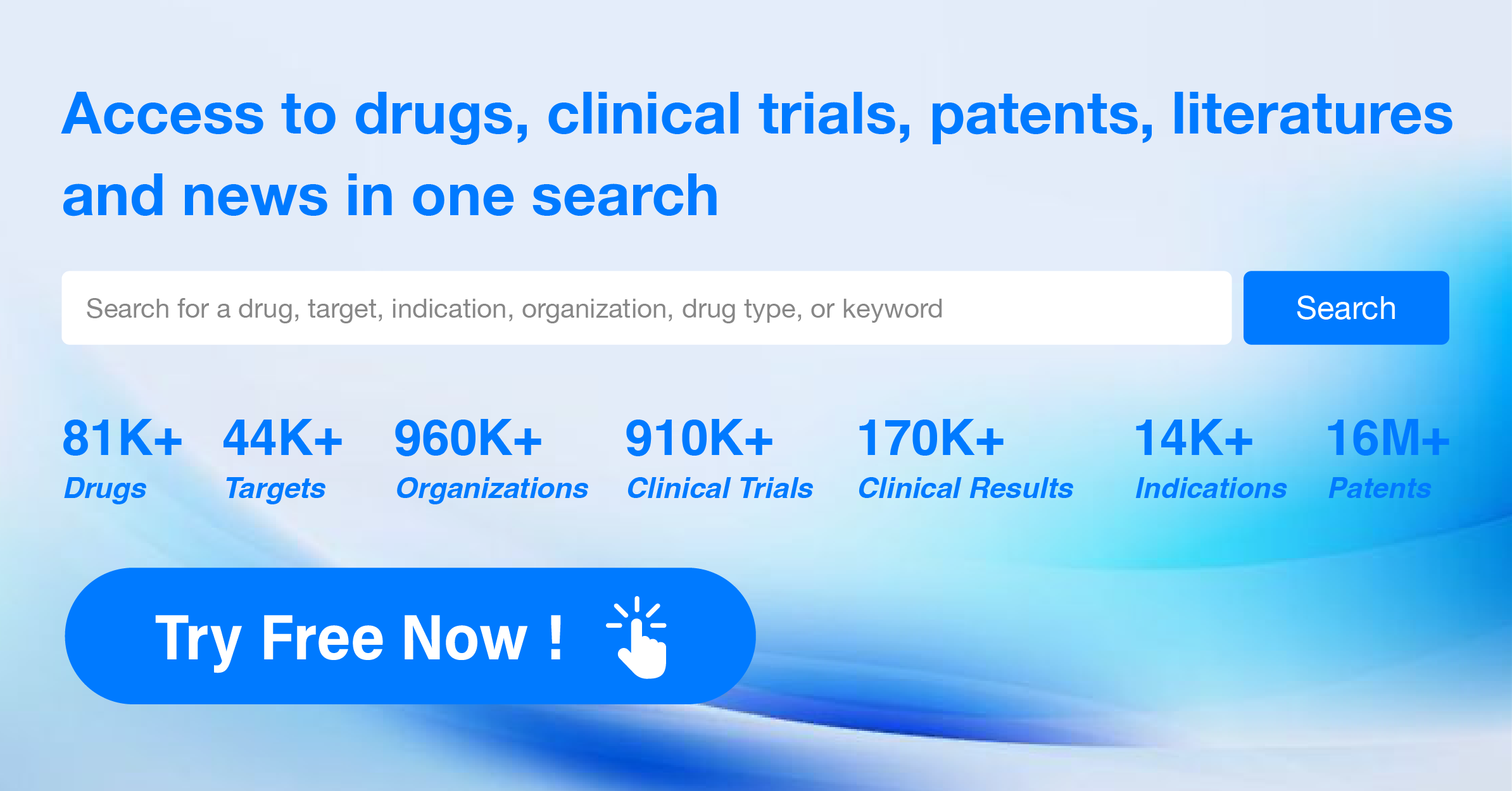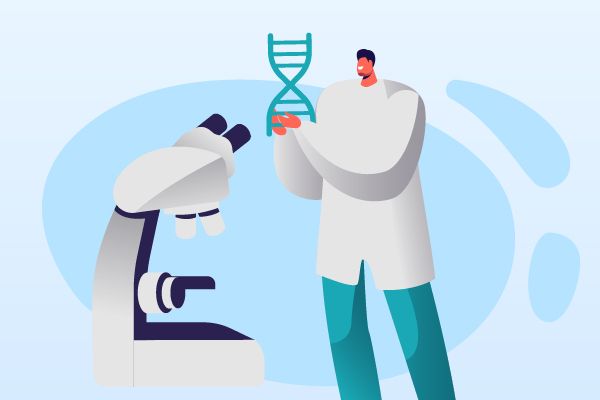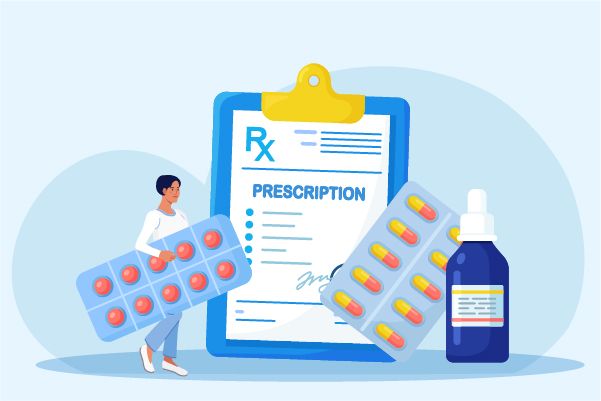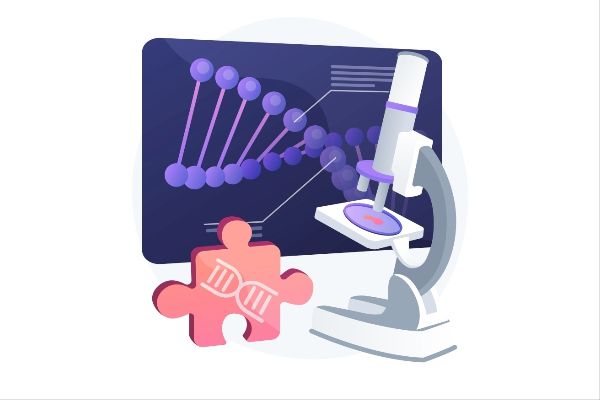What is Bioavailability?
Bioavailability refers to the extent and rate at which the active ingredient of a drug or nutrient is absorbed into the circulation and becomes available at the site of action within the body. It is a crucial concept in pharmacology and nutrition, as it determines the effectiveness of a drug or the utilization of a nutrient.
Key points about bioavailability include:
·Absorption: The process by which a drug or nutrient enters the bloodstream from the site of administration, such as the gastrointestinal tract.
·Distribution: The movement of the substance throughout the body, including crossing membranes and reaching target tissues or organs.
·Metabolism: The chemical transformation of the substance within the body, which can alter its activity and may involve enzymes in the liver or other tissues.
·Excretion: The elimination of the substance or its metabolites from the body, typically through urine or feces.
·Factors Affecting Bioavailability: Various factors can influence bioavailability, including the formulation of the drug, the route of administration, food interactions, and individual differences in metabolism and absorption.
·Percentage: Bioavailability is often expressed as a percentage, with 100% indicating that the entire administered dose is absorbed into the bloodstream.
·Clinical Relevance: High bioavailability is desirable as it means more of the drug or nutrient is available to exert its intended effect. Low bioavailability may require higher doses or different formulations to achieve the therapeutic effect.
·Comparative Studies: Bioavailability studies are essential when comparing different formulations or brands of the same drug to ensure they have similar therapeutic effects.
Understanding bioavailability is critical for the development of new drugs, as it helps in determining the appropriate dosing and formulation to achieve the desired therapeutic outcome. It is also important for doctors when prescribing medications to ensure that the drug will be effective for the patient.




